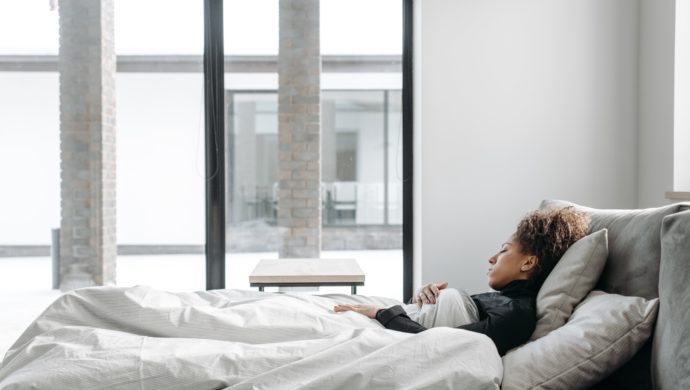Migraine sufferers who experience flashes of light, zigzag lines, a blurred field of vision, scotomas (blind spots), or a combination of all these serious conditions before the onset of migraine pain have what is referred to as an aura.
Aura migraines are most common to classic migraine diagnosis but can also occur in other types of migraine headaches such as:
- Hemiplegic Migraines
- Retinal Migraines
- Basilar (Brainstem) Migraines
Each of these types of migraine is typically preceded by aura symptoms that give individuals with a family history of this neurological condition the heads up, so to speak, that a migraine attack or headache is on its way.
Migraine With Aura Triggers
What can trigger migraines with aura varies from person to person.
However, there are common causes of migraine symptoms that are widely known to affect every person regardless of their particular triggers. Most often, those who experience migraines with aura are triggered by:
- Stress
- Foods, such as aged cheese, caffeinated drinks, chocolate, processed meats, canned foods, and monosodium glutamate (MSG)
- Environmental factors that include smoky rooms, strong smells or perfumes
- Changes in weather or barometric pressure
- Lack of sleep or poor sleep habits
- Hormonal changes in the body, such as the onset of menstruation or menopause
- Exposure to bright or flashing lights
- Lack of physical activity
- Overexertion from intense exercise
- Medication overuse
If you are experiencing these common types of aura symptoms every time you get a severe headache migraine, check-in with your doctor to rule out any underlying health condition or risk factors that might be causing this. You might need further testing to help identify the cause of these migraines, which could include an MRI or CT scan.
What Does Migraine Aura Feel Like?
The physical and emotional effects of migraines with auras can include the below warning signs:
- Nausea & vomiting
- Abdominal pain
- Dizziness/seeing bright lights
- Fatigue & light-headedness
- Stiffness in the neck, back, jaw, or shoulders
- Head pain
- Muscle weakness
- Ocular sensitivity to light
- Difficulty concentrating or thinking clearly
- Behavioral changes, including irritability or sudden mood swings
These symptoms are not uncommon during the onset of headache pain but are most often felt prior to the onset of throbbing, severe pain on one side of the head. Furthermore, the feelings of migraine aura can extend into the postdrome phase of the migraine, where individuals are left with a sense of fatigue after their symptoms subside.
In both the prodrome and postdrome stages of migraine aura, the effects don’t last as long as the headache pain itself. The duration of auras typically lasts between ten and sixty minutes. Although migraines with aura that are the result of medication overuse, these symptoms may last for hours until the medication is out of your system.
Migraine Auras: Treatment Options
There is no cure-all for migraine aura. However, there are several over the counter, prescription, and alternative options to potentially reduce the symptoms, including:
- Pure CBD oil products – such as the ones from Blessed CBD
- Beta blockers for lowering blood pressure and heart rate
- Anti-seizure neurology medications for stabilizing brain activity (Topiramate)
- Calcium channel blockers that help open up the blood vessels to prevent constriction within the brain
- Prescription medications such as sumatriptan and triptan
- Over the counter pain relievers such as acetaminophen and ibuprofen
- Botox for injection into the muscles of the head, neck, and shoulders
- Acupuncture & chiropractic treatments
- Darkroom isolation
- Biofeedback & hormone replacement therapies
These preventative medications and therapies work well for many in the acute treatment of migraines. To enhance the benefits of migraine relief and limit the side effects of medication, speak with your doctor and see what combination of prescription and preventative treatment works best for you.
How to Get Help with Migraine Aura?
If you have experienced migraine with aura symptoms more than three times a month for three or more months, then you likely qualify to be treated for this condition with preventative therapy. Migraine with aura is treatable through both prescribed and alternative treatments but most often requires lifestyle changes in addition to the use of preventive medications.
Additional information about migraine aura, its causes, and effective treatments can be found by contacting the International Headache Society and the American Migraine Foundation. With their resources and learning centre, migraine sufferers can find relief from the effects of this condition through educational materials, ongoing research studies, and events.





